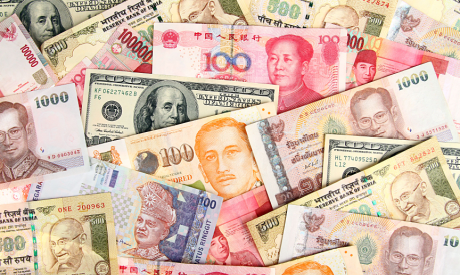Ahead Today
G3: US mortgage applications, ADP employment change, ISM services index
Asia: China Caixin services PMI
Market Highlights
The latest US macro data has pointed to continued resilience in the US economy. JOLTS opening edged higher 8756k in February, from a downwardly revised 8748k in January. Factory orders were up 1.4%mom, while durable goods orders increased 1.3%mom. ADP employment change will be out later today, and we expect a pickup in job gains in March from a month ago, while ISM services index could show services activity continuing to expand. Since 28 March, markets have indicated that there may just be 2 US rate cuts this year. This is more hawkish than the Fed’s outlook for 3 cuts.
US 10-year yields have jumped to a year to date high of 4.37%, but the US dollar index has taken a breather after reaching the February high of 105. A break above that high is needed to negate the risk of a near-term correction of the US dollar. Meanwhile, oil prices have climbed to around $88/barrel, amid escalating geopolitical tensions in the Middle East. Gold prices also hit a new high of $2275/ounce.
The BoJ’s exit from negative interest rate policy on 19 March has not helped the yen. The 152 level for the USDJPY pair is likely the line in the sand for Japanese authorities. FX intervention risks currently loom large, which could keep yen bears at bay.

Regional FX
Low-yielding Asian currencies led declines in Asian FX yesterday. Notably, the THB (-0.6%) and MYR (-0.5%) underperformed other regional currencies. Market sentiment towards the Thai baht remains weak, with net foreign equity outflows worsening in March, while the bond market saw foreign net outflows for the fourth straight month. Government plans to widen the fiscal deficit to 4.4% of GDP in FY2025 from 3.6% previously won’t help with getting back investor confidence. Moreover, tensions between the government and BoT over where the policy rate should be, along with unattractive yields, have reduced the allure of holding the THB.
Meanwhile, USDCNH stayed at the 7.2500 – 7.2600 range since the middle of last week. The technical picture remains bearish, though there could be some modest retracement of CNH in the near term, amid a stronger onshore yuan fixing.
Singapore’s manufacturing PMI (by SIPMM) shows factory activity expanding for the seventh straight month in March. We think the worst of export performance for Singapore has likely past, but a quick rebound is unlikely amid tight monetary conditions in major advanced economies.


